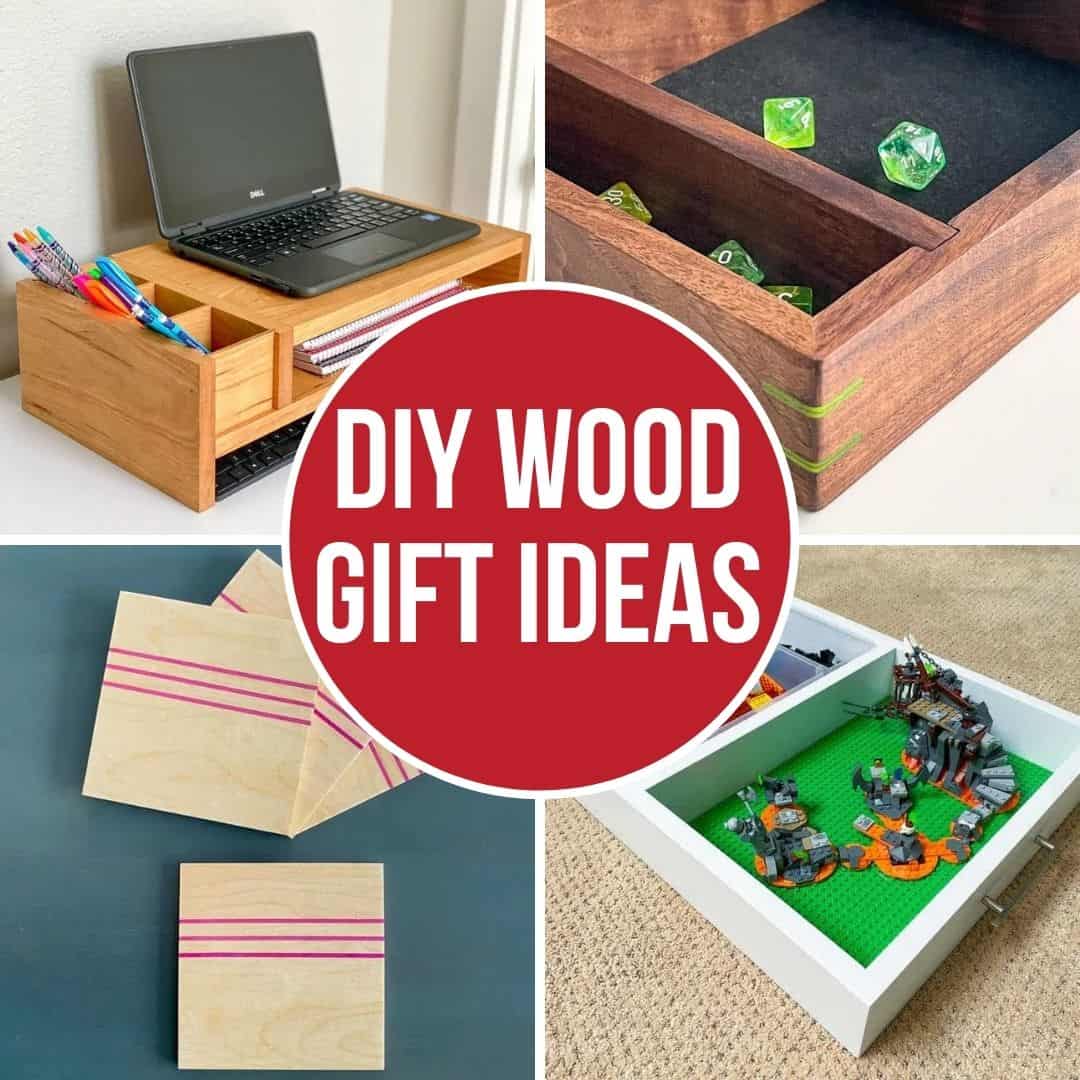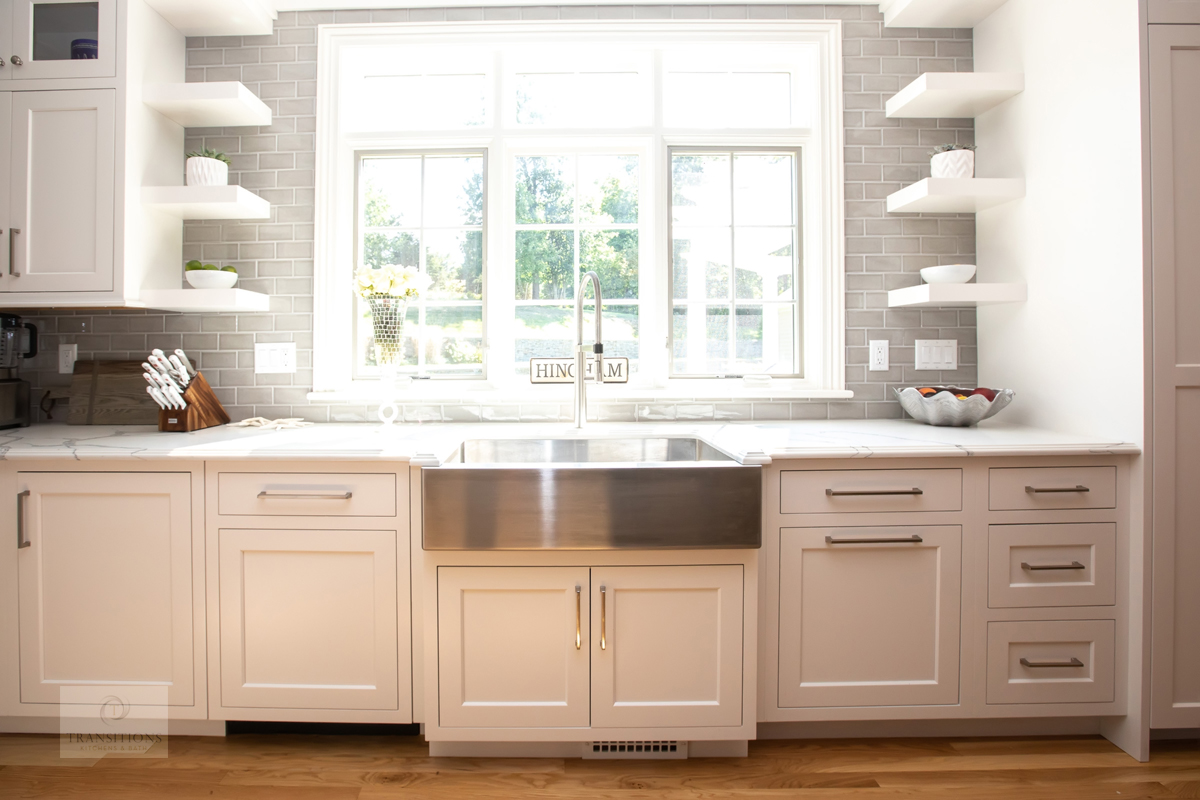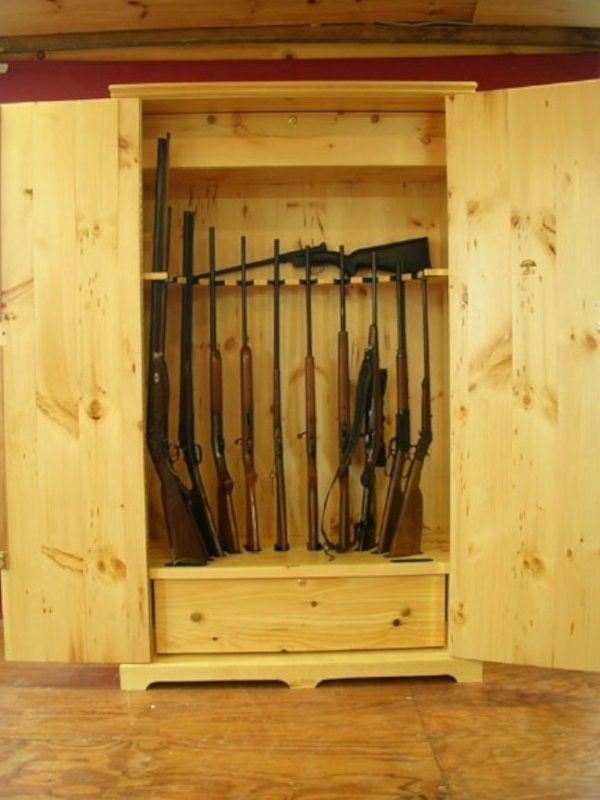Winter-Proof Your Garden with a Cold Frame: A Guide to Extending Your Growing Season
So, the frost is nipping at your heels, and you’re looking at your beloved garden with a sigh. It’s time to bid farewell to summer blooms and vibrant vegetables, right? Not so fast! Enter the cold frame, your secret weapon to stretching out the growing season and keeping your garden alive and kicking even when the temperatures plummet.
A cold frame, in its simplest form, is a mini-greenhouse that harnesses the sun’s warmth to create a microclimate that’s perfect for tender plants to thrive through the colder months. Think of it as a cozy winter sanctuary for your garden babies, protecting them from frost, snow, and harsh winds.
Why You Need a Cold Frame
If you’re a gardener, you know the thrill of seeing your plants flourish, and a cold frame lets you experience that joy even in the depths of winter. But that’s not all! Here are some reasons why a cold frame is your garden’s best friend:
Extend Your Growing Season
Start seeds earlier in the spring, or keep your tender plants growing longer into the fall and winter. A cold frame gives your plants a head start on the season and allows them to continue growing even when the outdoor temperatures are frigid. Imagine fresh herbs and salad greens even in December!
Harden Off Seedlings
Before you transplant your seedlings outdoors, give them a chance to acclimate to the elements. The cold frame provides a safe, gradual transition, preventing shock and ensuring they’re strong enough to face the real world.
Overwinter Plants
Many plants, like roses, perennials, and even some vegetables, can be successfully overwintered in a cold frame. It’s like giving them a mini-vacation, ensuring they emerge healthy and ready to bloom in the spring.
Protect from Pests and Diseases
A cold frame acts as a barrier, keeping out pesky insects and diseases that can wreak havoc on your plants, especially during the colder months. It's a safe haven for your garden treasures!
Building Your Own Cold Frame: It's Easier Than You Think!
You don't need to be a master carpenter to create a cold frame. You can choose from a variety of materials, depending on your budget and DIY skills. Here's a rundown of some popular options:
DIY Cold Frame: Getting Creative with Materials
There’s a certain satisfaction in building your own cold frame. The world is your oyster when it comes to materials, so let’s get creative!
- Recycled Windows or Doors: Repurpose old windows or doors for a charming and budget-friendly cold frame. Just make sure they’re sturdy and weather-resistant.
- Wood: A classic choice for cold frames. Use untreated lumber or cedar for durability and longevity. You can build a basic box frame or a more elaborate design with shelves for different plants.
- PVC Pipe: If you’re looking for a lightweight and easily assembled option, PVC pipe is a great material. It’s readily available and easy to work with. You can even create a curved, arching cold frame for a unique look.
- Brick or Stone: If you want something more permanent, consider using bricks or stones to build your cold frame. They provide excellent insulation and create a beautiful, rustic look.
Pre-Made Cold Frames: When Convenience is King
If you want to save time and effort, there are plenty of ready-made cold frames available in a range of sizes and materials. You can find them at garden centers, online retailers, and even big box stores. These pre-made cold frames are often made of durable materials like polycarbonate or fiberglass, and they come with all the necessary hardware for easy assembly.
Setting Up Your Cold Frame for Success
Once you have your cold frame built, it’s time to give it a home in your garden. Here’s what you need to do:
Location, Location, Location!
Choose a sunny spot for your cold frame. It should get at least six hours of direct sunlight each day, especially during the winter months. Ideally, place it facing south for maximum sun exposure.
The Perfect Soil Mix
Fill the cold frame with a well-draining potting mix. You can use a pre-made potting mix or create your own by combining compost, peat moss, and perlite. Make sure the soil is loose and airy to allow for good drainage.
Ventilation is Key
A cold frame needs ventilation to regulate temperature and prevent moisture buildup. Install vents or windows on the lid for easy access to the interior. Open the vents on warm days to allow for airflow and close them at night or on cold days to trap heat.
Protecting from the Elements
Cover the cold frame with a clear, durable plastic sheeting or polycarbonate panels. This will create a mini-greenhouse effect, trapping heat and allowing sunlight to penetrate. You can use weights or clamps to secure the lid and prevent it from blowing away.
Cold Frame Gardening: A Step-by-Step Guide
Now you're ready to start growing! Here’s how to make the most of your cold frame:
Planting Time!
You can sow seeds directly into the cold frame or transplant seedlings that you’ve started indoors. Make sure to space the plants according to their specific needs.
Watering is Crucial
Monitor the moisture levels in your cold frame regularly and water when the soil feels dry to the touch. Don’t overwater, as this can lead to root rot.
A Little Sunshine Goes a Long Way
Make sure your plants are receiving enough sunlight. If they are not getting enough light, they may become leggy and weak. You may need to adjust the position of your cold frame during the winter months to maximize sun exposure.
Temperatures Matter!
Monitor the temperatures inside the cold frame, especially during cold snaps. You can use a simple thermometer to check the temperature. If it drops below freezing, you may need to cover the cold frame with an additional layer of insulation, like blankets or bubble wrap.
Harvesting Your Bounty
As your plants mature, enjoy the fruits (or veggies!) of your labor! Harvest your produce regularly to encourage further growth.
The Cold Frame: A Gift That Keeps on Giving
A cold frame is a simple, yet effective way to extend your growing season and enjoy fresh produce year-round. It’s a true testament to the power of ingenuity and resourcefulness. So, if you're looking for a way to bring a touch of spring to your winter garden, consider building a cold frame. It's an investment that will bring you joy for years to come!























